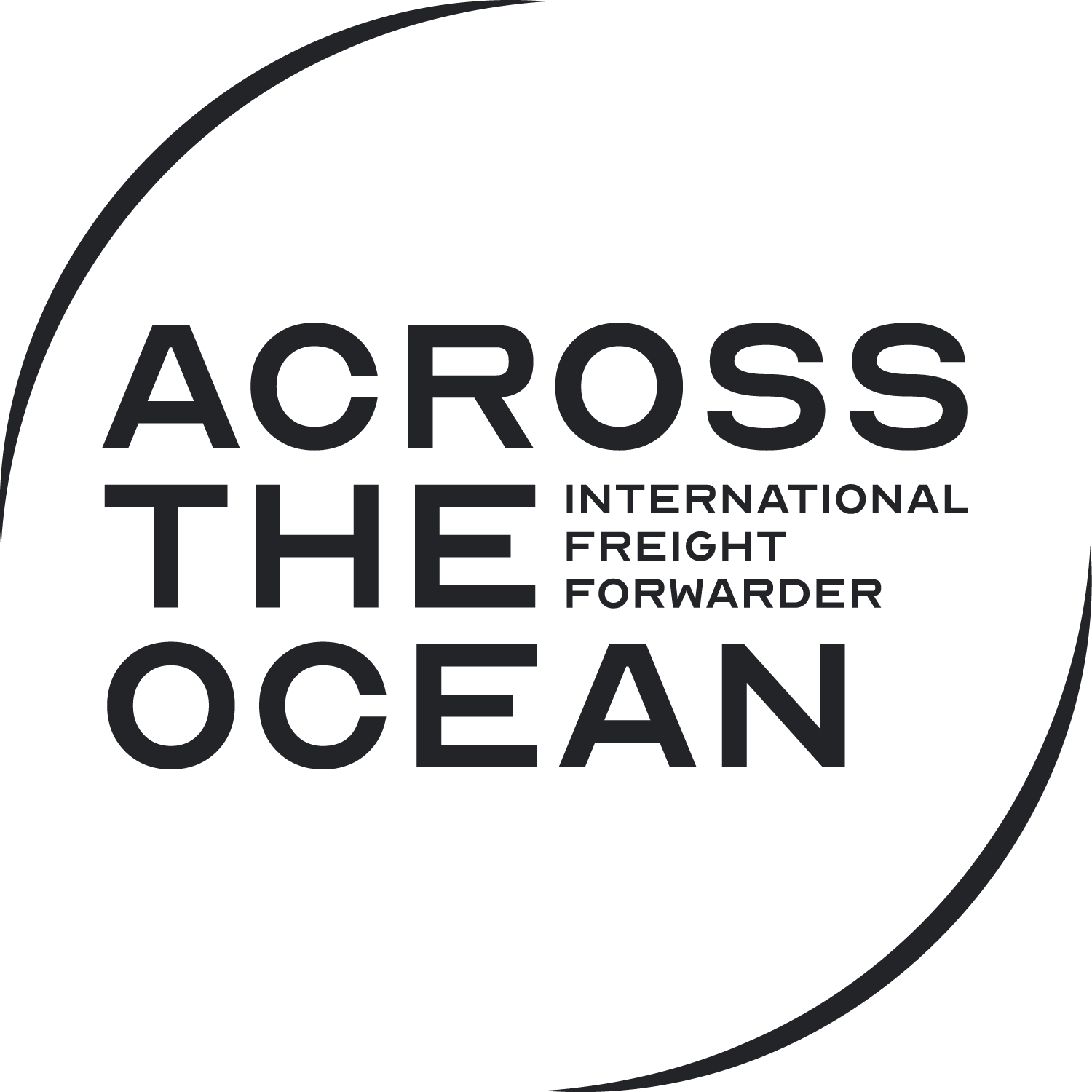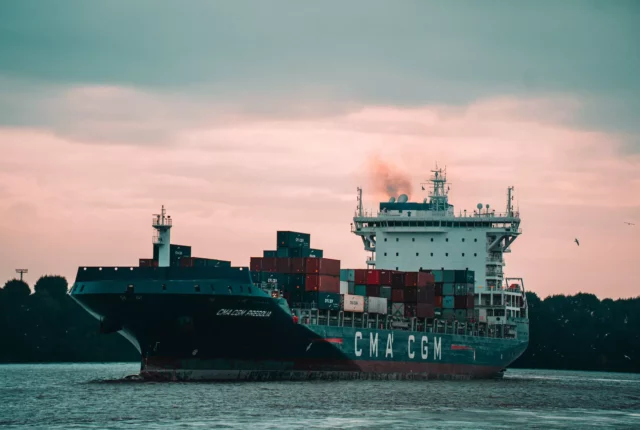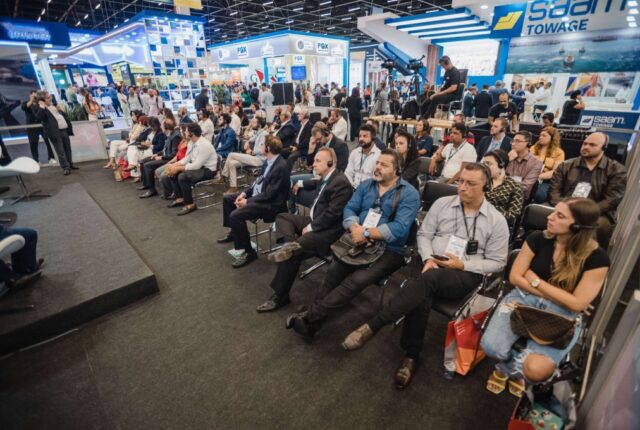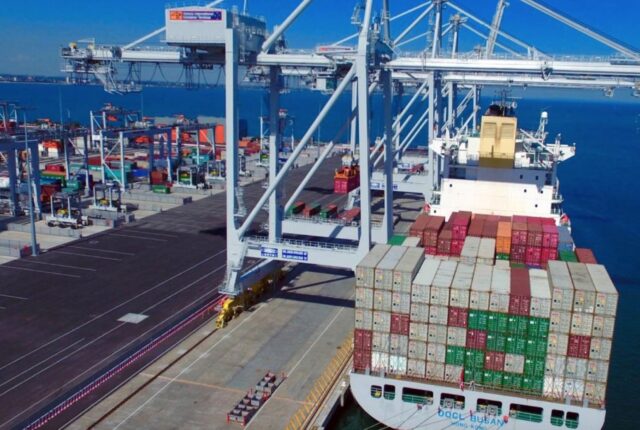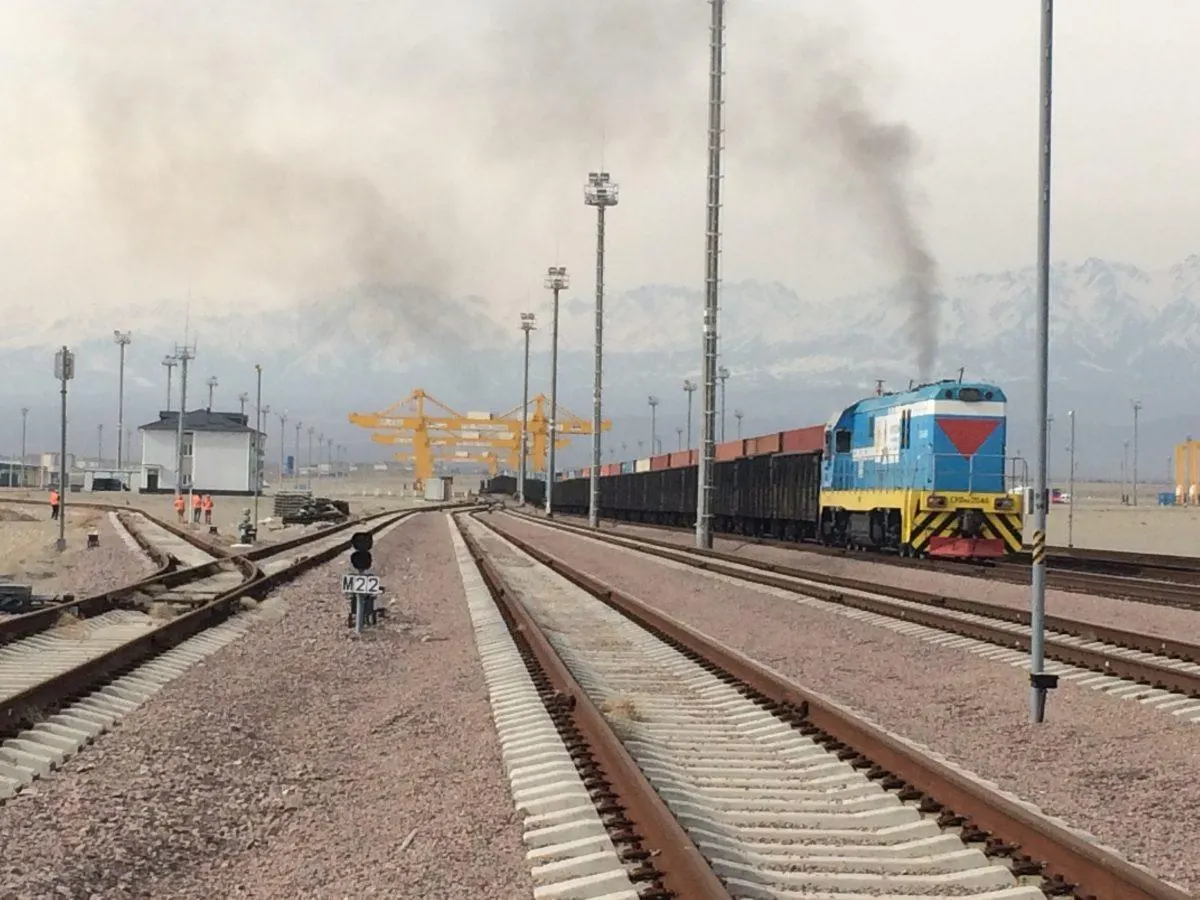
The Future of the New Silk Road: What It Means for Dutch Rail Freight in 2025
The Netherlands occupies a strategic position at the heart of Europe’s trade routes, acting as a gateway between Asia and the EU. Rotterdam’s deep-water port and inland terminals in Tilburg and Venlo form a dense intermodal network linking sea, road, and rail. For businesses, this translates to shorter last-mile delivery and strong connectivity to Germany, France, and Belgium. Tilburg’s dedicated China–Europe service has already positioned it as one of Europe’s most active inland rail terminals.
Using Dutch rail freight gives exporters and importers a way to reach mainland Europe faster, while benefiting from the Netherlands’ high-quality logistics ecosystem and EU customs integration.
Current State of Dutch Rail Freight in 2025
Dutch rail freight has seen mixed performance in recent years. While volumes declined slightly due to economic slowdowns and modal competition, government support and infrastructure investment remain strong. Rail currently handles roughly 5–6 percent of national freight tonnage, but strategic plans target growth through digitalization and sustainability incentives. The Toekomstbeeld Spoorgoederenvervoer 2050 (Dutch Rail Vision 2050) prioritizes longer trains, electrified routes, and smarter terminals to reduce congestion and carbon impact.
For businesses, this means a transitional period: expect occasional capacity constraints today but a more efficient, connected network tomorrow.
The New Silk Road and Its Impact
The revitalized New Silk Road rail network has accelerated China–Europe trade. Over 7,000 trains now traverse this corridor annually, offering 15–22 day transit from China to the Netherlands.
For Dutch rail freight users, this means access to predictable, scheduled services that bridge Asia and Europe faster than ocean routes. Companies shipping high-value goods or seasonal products are increasingly choosing rail to balance speed, cost, and carbon footprint. In practice, a China–Tilburg connection has become a symbol of this integration, showing how the Netherlands is no longer just a transit point but a key destination and distribution hub in its own right.
Opportunities for Dutch Rail Freight Businesses
Businesses can benefit from:
- Speed advantage: Rail cuts transit times by up to 40 percent compared to sea routes.
- Sustainability: Rail produces far fewer CO₂ emissions than road or air freight, helping companies meet ESG targets.
- Reliability: Fixed schedules and increasing train frequency enhance supply-chain predictability.
Emerging services like dedicated China–Netherlands routes and expanded inland terminals mean smaller shippers can now access rail solutions that were once reserved for large importers.
Risks and Barriers to Adoption
Despite the promise, challenges remain. Dutch infrastructure faces train-length limits and congestion on key corridors. Rail is also more expensive than sea freight per container, which can deter low-value cargo. Cross-border documentation and customs clearance add complexity to rail logistics, especially on multi-country routes between Asia and the EU.
Infrastructure & Network Developments
Major projects like the Betuweroute freight corridor link Rotterdam directly to Germany and Central Europe, boosting capacity and reliability. Government plans for 2050 aim to expand rail terminals and electrify key routes. For business users, these investments mean improved train frequency, better integration with European networks, and reduced operating costs over time. A notable advantage for Dutch rail freight is its strong intermodal design — allowing seamless transfer from rail to barge or truck within hours of arrival.
Supply-Chain Strategy for Businesses
Integrating Dutch rail freight into your supply chain can cut transit times by up to two weeks compared to sea routes from Asia.
To make it work:
- Map the China–Netherlands–Europe route and identify relevant terminals.
- Choose freight forwarders experienced in China–Europe rail logistics.
- Adjust inventory planning to reflect faster transit and reduced lead times.
- Monitor customs and handling times to avoid delays in Dutch terminals.
Ideal cargo includes electronics, fashion, and industrial components — goods that balance time sensitivity with value.
Sustainability and Modal Shift Trends
Rail freight emits up to 80 percent less CO₂ per tonne-kilometre than road transport. In line with EU climate targets, the Netherlands is actively encouraging a modal shift from road to rail. For businesses, this is not only a compliance measure but also a branding opportunity — demonstrating a commitment to sustainable logistics. Integrating rail into your distribution network can strengthen tenders with clients who prioritize green supply chains.
Market Outlook & Forecast Beyond 2025
The Dutch freight and logistics sector is expected to grow steadily through 2030. With rising trade volumes and new rail services, Dutch rail freight is poised for a larger share of Asia–Europe traffic. As networks expand and efficiency improves, costs per container are projected to fall, making rail a more accessible option for mid-sized companies.
Conclusion
In a world defined by rapid change, the Dutch rail freight sector offers businesses a path toward speed, resilience, and sustainability. The New Silk Road is transforming global trade flows, and the Netherlands is well placed to become a core gateway in this network.
For companies involved in Asia–Europe commerce, now is the moment to evaluate rail integration. Pilot a route, review your cost structure, and leverage Dutch infrastructure to stay ahead. By adopting rail freight through the Netherlands, you position your business for faster delivery cycles, greener operations, and a more resilient supply-chain future.
FAQs
- How long does China–Netherlands rail freight take?
Typically 15–22 days station-to-station, depending on border and customs conditions. - Which Dutch terminals are best for Asia–Europe rail cargo?
Tilburg, Venlo, and Rotterdam are the most active and interconnected. - Is rail more expensive than sea freight?
Yes, but it offers significantly faster transit and lower emissions — ideal for time-sensitive cargo.
